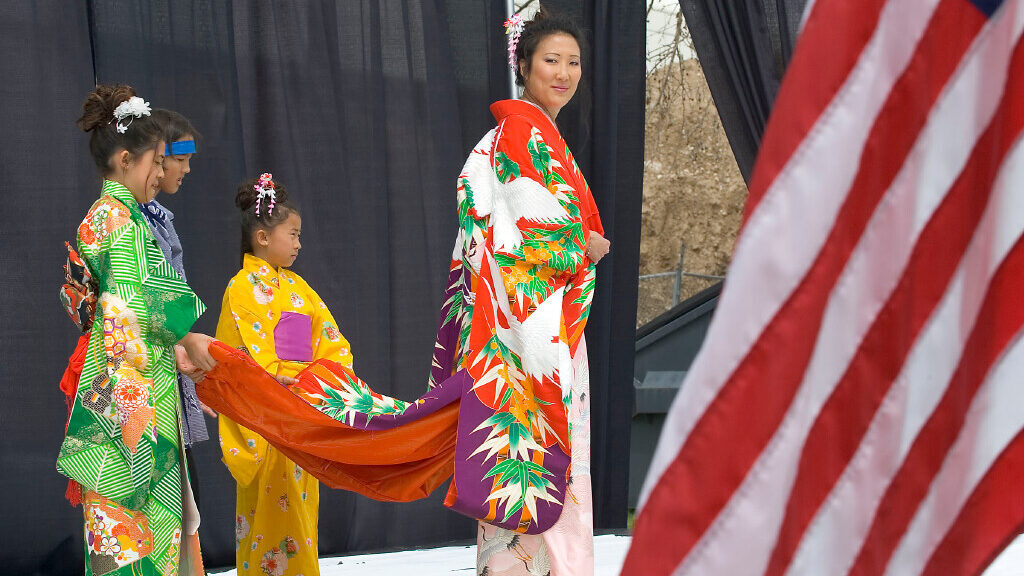March 14 is Equal Pay Day. What does that mean?
Mar 14, 2023, 2:28 PM

Equal Pay Day was created as a public awareness campaign to highlight the difference in annual wages between men and women. (Canva)
(Canva)
SALT LAKE CITY — March 14, or Equal Pay Day, is intended to show the gap between men’s and women’s wages. Created as a public awareness campaign, the date is supposed to symbolize how far into a new year women must work to earn the same amount men earned the previous year.
For example, if a man earned $50,000 in 1998, a woman would have to work through March of 1999, to earn the same amount.
Nationally the gender pay gap is about $0.82, according to a Pew Research Center analysis. In Utah for every dollar a man earns a woman makes about $0.70. according to Dr. Susan Madsen, the founder and director of the Utah Women and Leadership Project at Utah State University.
However, the pay gap is less for women between the ages of 25 and 34. For them, the US Census Bureau says the gap between male and female earnings is 8 cents.
According to the United States Census Bureau, Utah is one of only a handful of states where the annual wage gap between men and women is $15,000 or more.
In 2019, the average wage gap by gender in the United States was $10,150.
In the majority of US states, the annual wage gap between men and women ranges between $10,00 and $12,499.
Why is Equal Pay Day needed?
Some argue the wage gap can be explained by education and job choices. For example, more Utah women choose to stay home.
The National Bureau of Economic Research concluded in a report published in 2016:
Although human capital factors are now relatively unimportant in the aggregate, women’s work force interruptions and shorter hours remain significant in high skilled occupations, possibly due to compensating differentials. Gender differences in occupations and industries, as well as differences in gender roles and the gender division of labor remain important, and research based on experimental evidence strongly suggests that discrimination cannot be discounted.
A report from the Utah Department of Workforce Services concluded:
The reasons behind the male-female disparity are varied, with education, occupation choice and work experience all factoring into the equation.
Related reading: Redefining a pay gap among Utah’s executive branch employees













